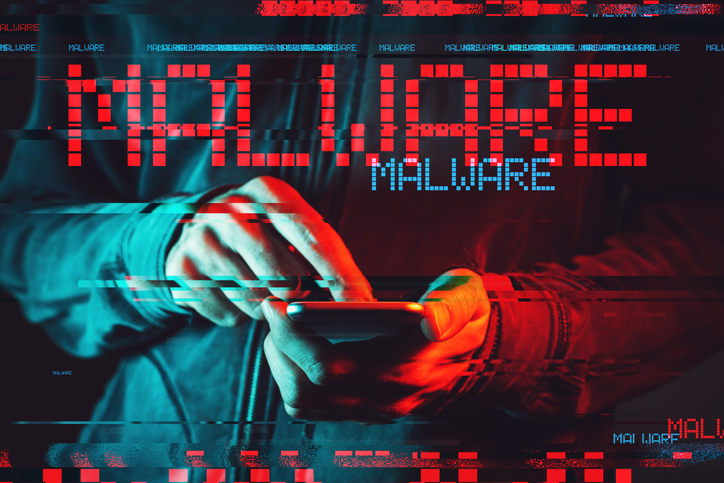
Buying a company is no small undertaking, even if the company is considered “small” by industry standards. Due diligence is a huge part of the process. Anyone considering purchasing business must review a whole host of issues with the company to ensure that they are making a good decision. Things like accounts receivable, market position, and vendor relationships should all be considered, just to name a few.
Potential buyers sometimes get so caught up in the financial side of purchasing a business that they may overlook a company’s technology, including their cybersecurity and related issues. Sometimes a business’s technology can end up having a huge impact on whether it will be viable moving forward.
5 Must-Ask Questions Regarding Cybersecurity When Purchasing a Business
There is a tendency to avoid taking an in-depth look at cybersecurity when purchasing a company because threats vary so significantly over time. In fact, something that was not a threat the day that negotiations began may be a serious concern on the date of the sale. It is tempting to just review cybersecurity after the fact because of these unique challenges. However, there should at least be some investigation into potential problem areas with cybersecurity long before the sale.
Below are a few questions to consider while working through the due diligence process.
What are the company’s significant digital assets?
Digital assets are sometimes overlooked not only in terms of value for a company but also for security purposes. Knowing what potential assets need protection, how important they are to the company, and the ramifications, if that information is released to others, is an essential first step in assessing cybersecurity risk.
Has the company been a victim of previous breaches?
Data breaches can result in serious problems with a company’s reputation and revenue stream. However, they can also signify a bigger security problem as well. Ask whether there have been any breaches and how they were addressed or corrected.
Can the company bounce back after a cyber attack?
Some companies are so dependent on their technology that a breach could result in a complete failure of the business. Consider what a security breach will do a company from a variety of angles—from small, minor breaches, to serious breaches that affect virtually every aspect of the business. Is there a way to stop breaches once they start? What protocols are in place to deal with a breach?
Is the business compliant with industry-standard cybersecurity?
Every industry has its own requirements or minimum standards for security. A financial business, for example, is likely going to have higher standards than the average manufacturing company. Is the company following at least the lowest benchmarks? Are there legal compliance requirements that must be met? If there is some misalignment with requirements, what are the consequences of failing to comply? How difficult will it be to change the company to ensure that it complies?
What policies are in place or what software is used regarding cybersecurity?
Some companies, especially smaller ones, do not have much of anything implemented in the way of security. They may have a simple virus protection program, for example, when they should be using higher level encryption. Take an inventory of everything that is used within the business and have it reviewed by a professional who knows the types of security that this type of company should really have in place—do not assume that the previous owner was doing things correctly.
One of the Biggest Threats: Employees and Cybersecurity
Perhaps one of the most significant threats to cybersecurity are actually the employees within a company. In fact, employee negligence is one of the biggest cybersecurity risks for many companies.
All of the protocols and tools in the world cannot protect against employees who do not care or are not adequately trained on protocols regarding cybersecurity. A company’s culture regarding cybersecurity and willingness to make changes is a huge part of whether a company can adapt to operate safely in the future.
Surveying current employees regarding their willingness to make changes and their current standards can go a long way in understanding several things, including:
- What current policies and procedures are in place
- What training they have done or are required to do as a part of their employment
- Whether employees are following those procedures (or even know about them)
- Whether employees will be willing to make changes to increase security down the road
Resistance to change requires more than just purchasing software—it requires leadership and training that can take a significant amount of time and effort.









